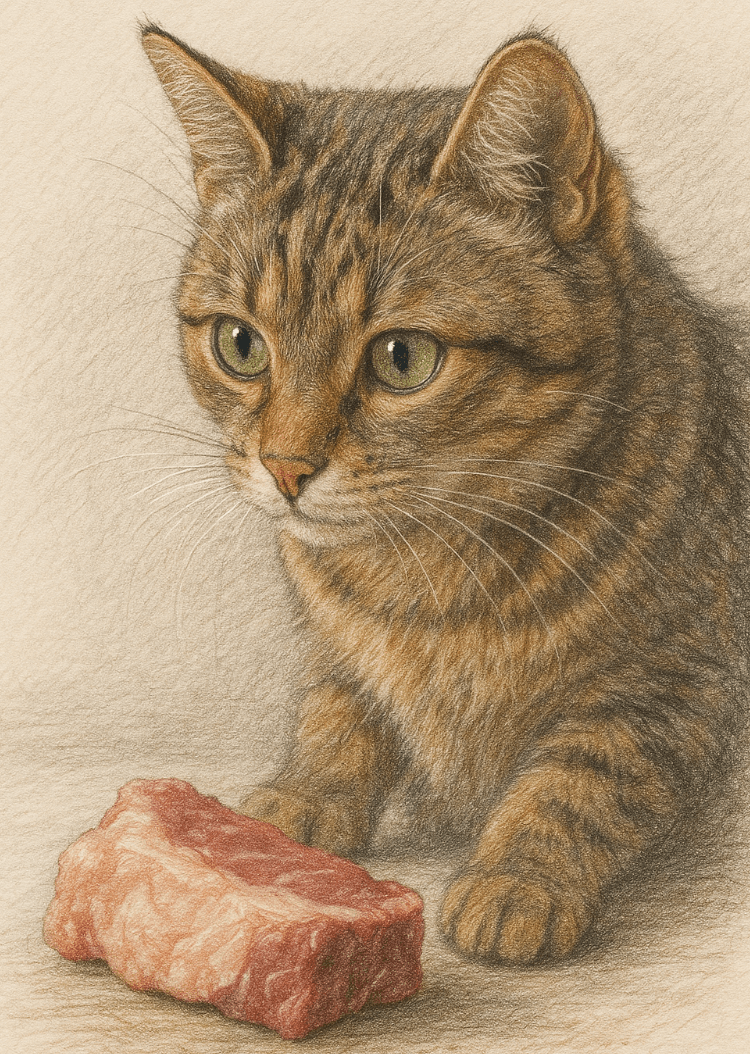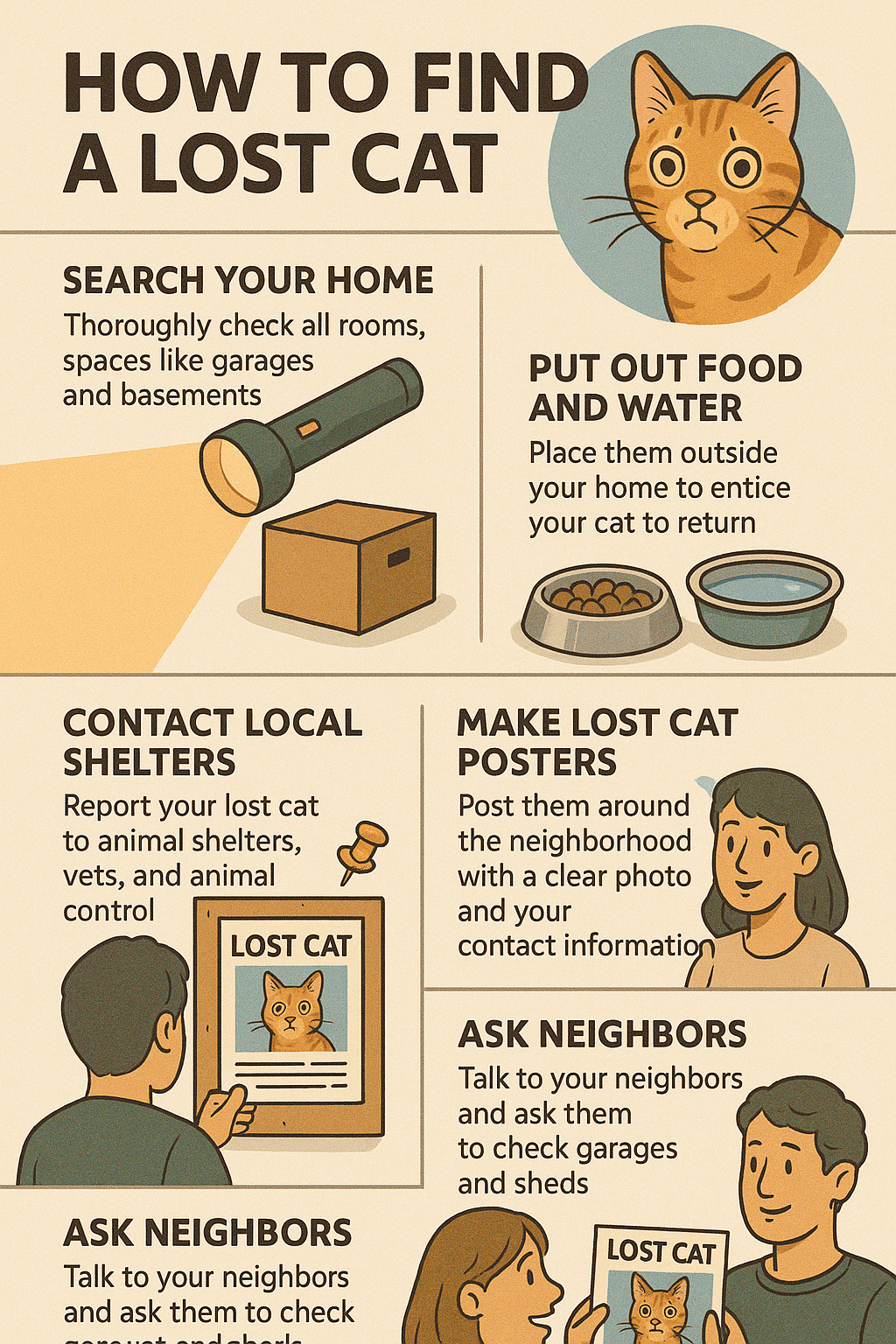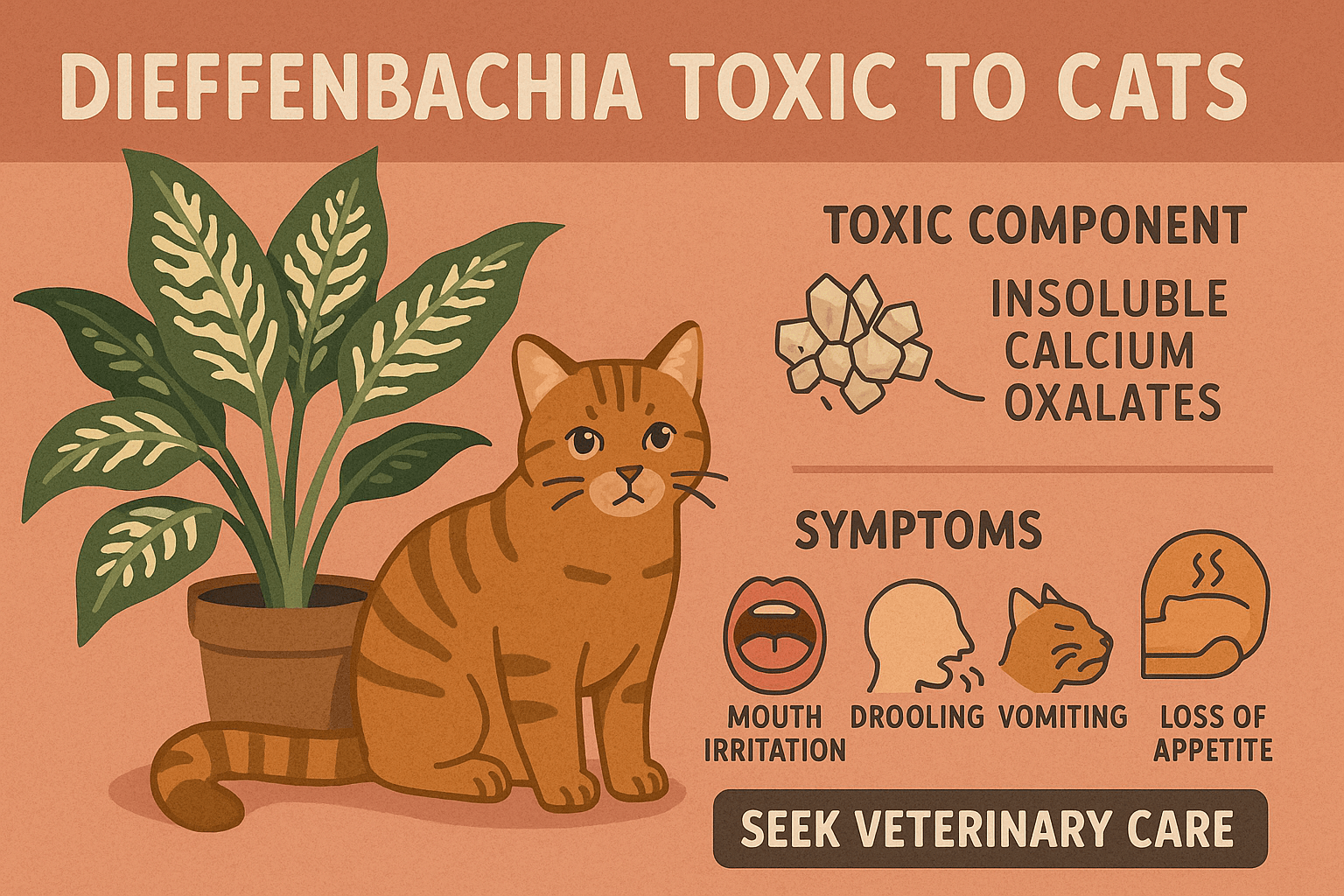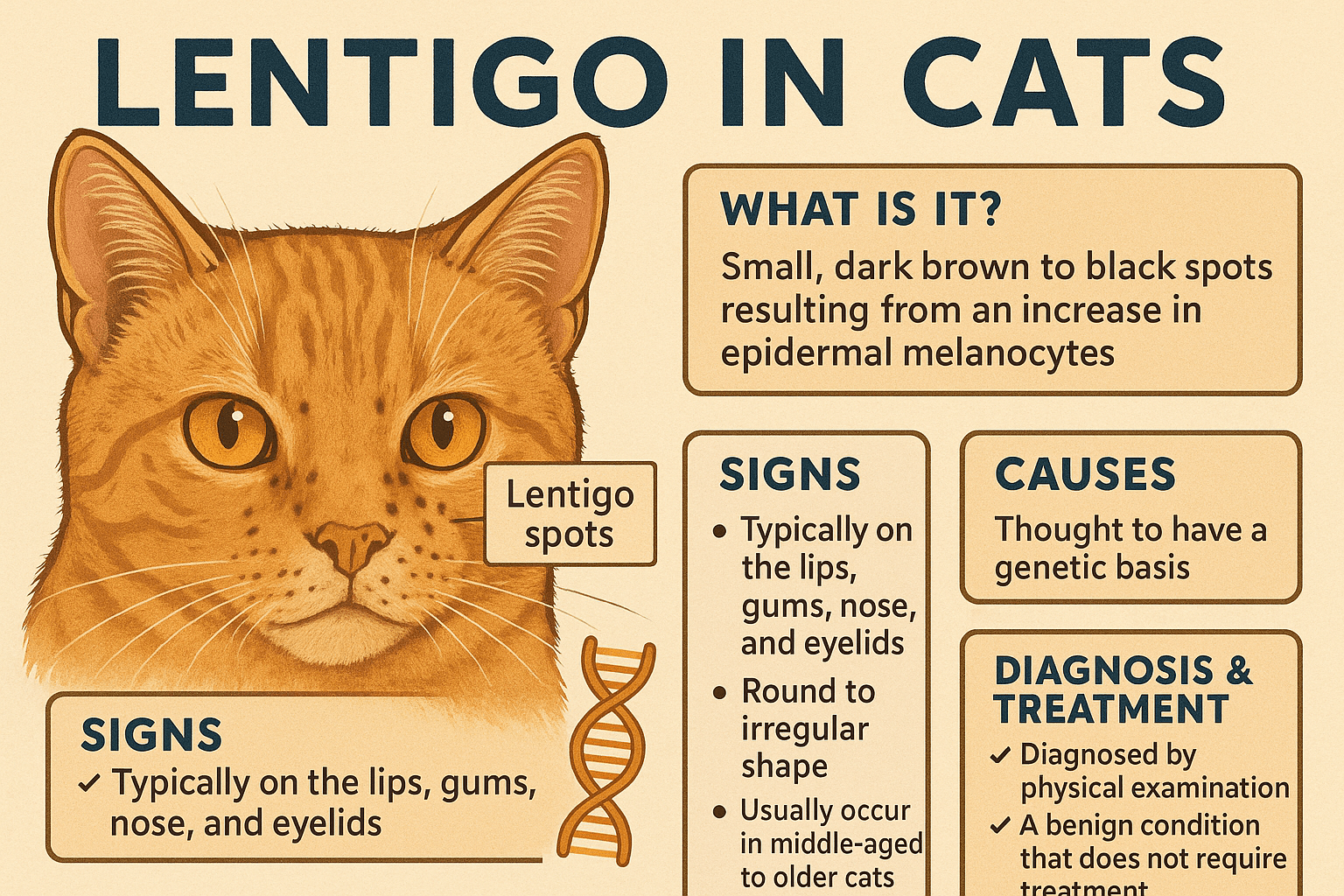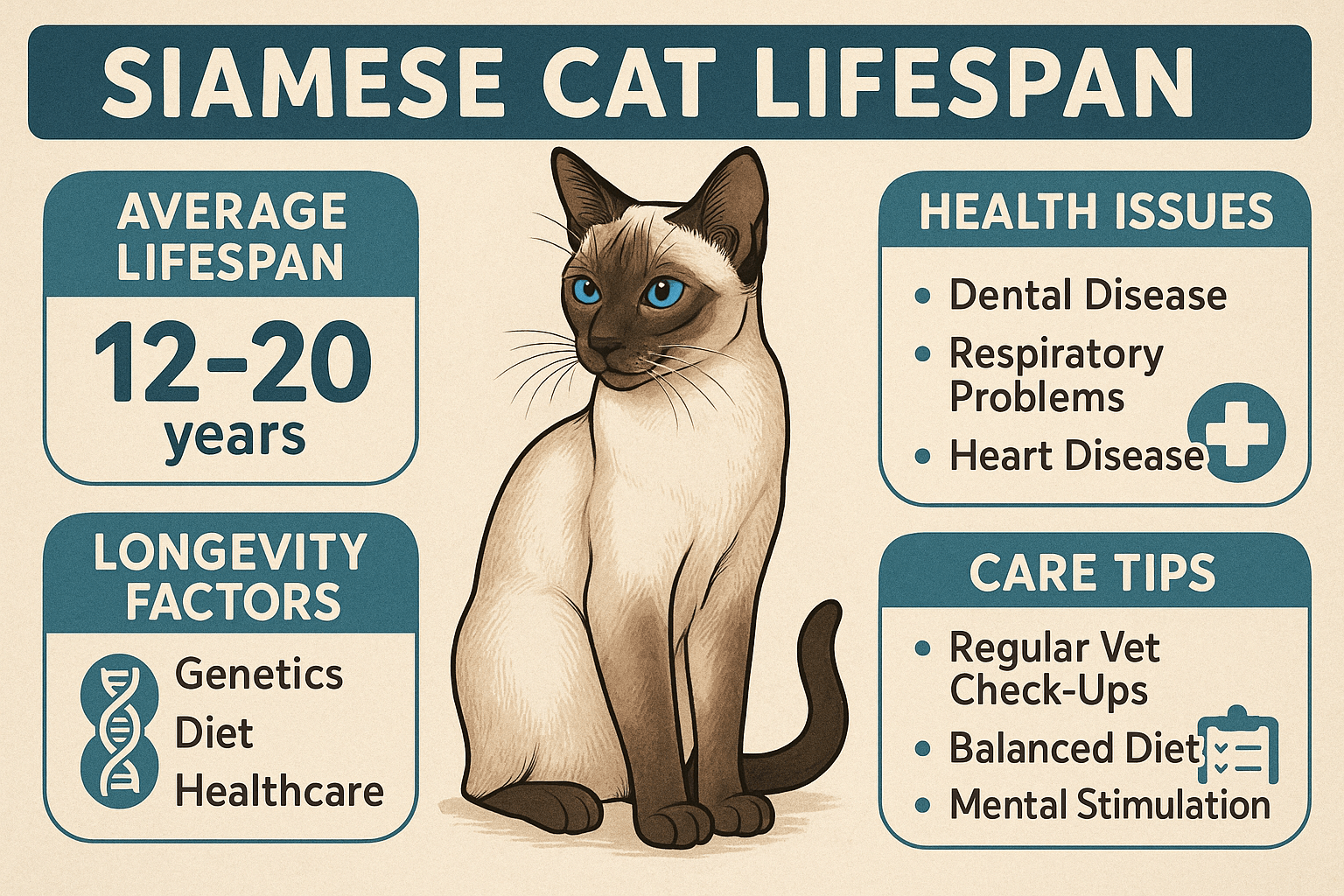Can Cats Eat Beef Fat?
When it comes to feeding our feline friends, many pet owners wonder whether certain human foods are safe for cats. One common question is whether cats can eat beef fat. While beef fat might seem like a harmless treat, it’s essential to understand how it affects your cat’s health and digestion. Cats have unique dietary needs as obligate carnivores, meaning they rely on animal-based proteins and fats for optimal nutrition. In this blog post, we’ll explore the potential benefits and risks of feeding beef fat to your cat, along with safer alternatives and expert tips to ensure your furry companion stays healthy and happy.
Potential Risks of Feeding Beef Fat to Cats
While small amounts of beef fat might not immediately harm your cat, there are several risks associated with including it in their diet. These concerns highlight why moderation and caution are crucial.
Digestive Upset:
High-fat foods like beef fat can upset your cat’s stomach, leading to vomiting or diarrhea.Pancreatitis Risk:
Consuming excessive fat increases the risk of pancreatitis, a painful and potentially life-threatening condition.Weight Gain and Obesity:
Beef fat is calorie-dense, and overfeeding it can contribute to unhealthy weight gain in cats.Nutritional Imbalance:
Feeding too much beef fat may displace essential nutrients in your cat’s diet, leading to deficiencies.Choking Hazard:
Large chunks of beef fat can pose a choking risk, especially for smaller or more aggressive eaters.
These risks emphasize the importance of limiting or avoiding beef fat in your cat’s diet to protect their long-term health.
Potential Benefits of Beef Fat for Cats (In Moderation)
While beef fat isn’t a necessary part of a cat’s diet, it does offer some minor benefits when given sparingly and under supervision.
High Energy Source:
Beef fat is rich in calories, providing a quick energy boost for active or underweight cats.Palatability Enhancement:
Adding a small amount of beef fat to food can make it more appealing to picky eaters.Essential Fatty Acids:
Beef fat contains omega-6 fatty acids, which support skin and coat health when included in balanced proportions.Encourages Hydration:
Mixing a tiny amount of beef fat with wet food can encourage cats to consume more moisture-rich meals.Satiety Factor:
The fat content can help your cat feel fuller for longer, reducing begging behavior between meals.
While these benefits exist, they must be weighed against the potential risks to determine if beef fat is truly suitable for your cat.
Check this guide 👉Can Cats Eat Pig Ears? Best 7 Expert Tips!
Check this guide 👉Can Cats Eat Taro? Best 7 Expert Tips!
Check this guide 👉Can Cats Eat Passion Fruit? Best 7 Expert Tips!
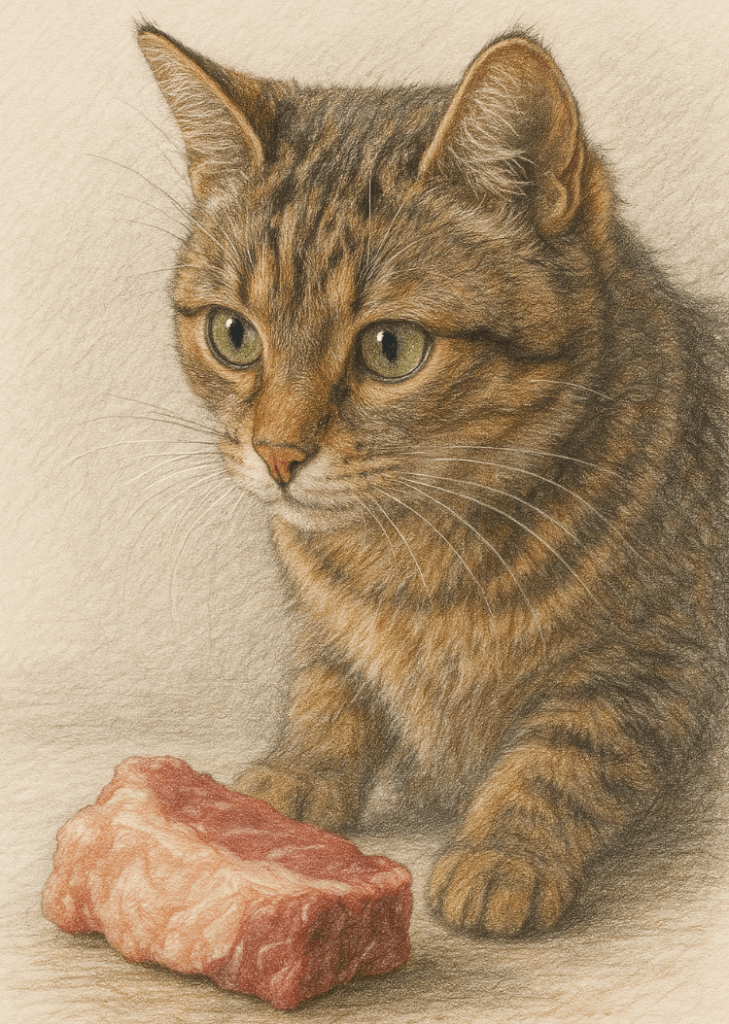
Safe Alternatives to Beef Fat | Risks of Feeding Beef Fat |
|---|---|
Cooked, unseasoned chicken or turkey | Digestive upset and vomiting |
Cat-safe fish like salmon or tuna | Increased risk of pancreatitis |
High-quality commercial cat treats | Weight gain and obesity |
Plain pumpkin puree for fiber | Nutritional imbalances |
Bone broth (unsalted and strained) | Choking hazard from large chunks |
How to Safely Introduce Beef Fat to Your Cat
If you decide to give your cat beef fat, it’s crucial to do so responsibly to avoid adverse effects. Follow these guidelines to minimize risks.
Start with Tiny Portions:
Offer only a pea-sized amount of beef fat at first to gauge your cat’s tolerance.Choose Lean Cuts:
Opt for leaner cuts of beef that contain minimal visible fat to reduce calorie density.Cook Thoroughly:
Always cook beef fat thoroughly to eliminate harmful bacteria and parasites.Avoid Seasonings and Additives:
Never feed your cat seasoned or processed beef fat, as ingredients like salt and spices can be toxic.Monitor for Reactions:
Watch for signs of digestive distress or discomfort after introducing beef fat, and consult your vet if issues arise.
By following these steps, you can mitigate risks while allowing your cat to enjoy an occasional treat.
Signs Your Cat May Be Struggling with Beef Fat Consumption
Even with precautions, complications can arise if your cat consumes too much beef fat or reacts poorly to it. Watch for these warning signs to act quickly if something goes wrong.
Vomiting or Diarrhea:
These symptoms indicate that your cat’s digestive system is struggling to process the fat.Loss of Appetite:
A sudden refusal to eat may signal discomfort or illness caused by consuming beef fat.Lethargy or Weakness:
If your cat seems unusually tired or uninterested in activity, it could point to a serious issue like pancreatitis.Abdominal Pain:
Signs of pain include hunching, vocalizing, or sensitivity when touched around the belly area.Excessive Drooling:
This behavior often indicates nausea or irritation in the digestive tract.
Recognizing these signs early allows you to seek veterinary care promptly, preventing further complications.
Common Mistakes to Avoid When Feeding Beef Fat
Feeding beef fat to your cat requires careful consideration to avoid mistakes that could endanger their health. Here are some pitfalls to watch out for.
Offering Raw Beef Fat:
Raw fat carries a high risk of bacterial contamination, which can make your cat sick.Ignoring Portion Sizes:
Giving too much beef fat at once can overwhelm your cat’s digestive system and lead to complications.Adding Seasonings or Spices:
Ingredients like garlic, onion powder, or salt are toxic to cats and should never be included.Feeding Frequently:
Regularly including beef fat in your cat’s diet can lead to obesity and other health issues over time.Neglecting Veterinary Advice:
Skipping a professional opinion can result in unknowingly harming your cat with inappropriate food choices.
Avoiding these mistakes ensures a safer and healthier experience for your cat.
Alternatives That Mimic the Benefits of Beef Fat
If you’re hesitant about feeding beef fat, there are plenty of alternatives that mimic its benefits without the associated risks.
Cooked Chicken Fat:
Small amounts of cooked chicken fat provide a safer source of animal-based fats for cats.Fish Oil Supplements:
Omega-3 fatty acids from fish oil support skin, coat, and joint health without the risks of beef fat.High-Quality Wet Food:
Many commercial wet foods already contain balanced levels of healthy fats, eliminating the need for additional supplementation.Plain Pumpkin Puree:
Adding pumpkin puree to meals provides fiber and aids digestion, complementing your cat’s overall gut health.Veterinarian-Recommended Treats:
Specially formulated treats ensure your cat receives safe and nutritious options tailored to their needs.
These alternatives allow you to cater to your cat’s dietary requirements while keeping them safe.
Understanding Your Cat’s Natural Instincts Around Fat
Cats are naturally drawn to fats because of their evolutionary history as hunters. Understanding their instincts helps explain their fascination.
Hunting Behavior:
Wild cats often consume fatty parts of prey, such as organs, to obtain vital nutrients. Domestic cats retain this instinctive drive.Taste Preferences:
Cats are attracted to the rich flavor of fats, which can make them curious about foods like beef fat.Energy Needs:
As obligate carnivores, cats crave high-calorie foods to meet their energy demands, making fats particularly appealing.Playful Exploration:
Cats use their senses to explore new textures and tastes, and beef fat provides an intriguing sensory experience.Territorial Marking:
Chewing and gnawing on objects like bones or fat can serve as a way for cats to assert ownership or relieve stress.
By recognizing these behaviors, you can better address your cat’s needs in a safe and controlled manner.
Frequently Asked Questions About Cats and Beef Fat
Is raw beef fat safe for cats?
No, raw beef fat can harbor harmful bacteria like Salmonella or E. coli; always cook it thoroughly before offering.
How much beef fat can I give my cat?
Limit portions to very small amounts (less than a teaspoon) and only occasionally, if at all.
Can kittens eat beef fat?
Kittens should avoid beef fat entirely due to their sensitive digestive systems and developing nutritional needs.
What should I do if my cat eats too much beef fat?
Contact your veterinarian immediately to assess the situation and prevent potential health issues.
Are there healthier fats for cats?
Yes, options like fish oil or small amounts of cooked chicken fat provide safer and more nutritious alternatives.
Prioritizing Your Cat’s Health When It Comes to Beef Fat
Feeding beef fat to your cat can be tempting, especially if they show interest in your meals. However, their delicate digestive systems and specific dietary needs mean that caution is essential. While small amounts of beef fat may not cause immediate harm, the risks often outweigh the benefits. By understanding the potential dangers, choosing safer alternatives, and consulting your veterinarian, you can ensure your cat stays healthy and happy. Remember, your feline friend relies on you to make the best dietary choices for them—so always prioritize their well-being above all else.
How to Find a Lost Cat: Best 7 Expert Tips! Discover actionable strategies to locate your missing cat, understand their behavior, and prevent future escapes with expert advice.
Is Dieffenbachia Toxic to Cats? Best 7 Expert Tips! Discover the dangers of Dieffenbachia, symptoms of poisoning, and how to keep your cat safe with expert advice and preventive measures.
Lentigo in Cats: Best 7 Expert Tips! Discover expert advice on understanding, identifying, and managing lentigo in cats to ensure your feline's health and happiness.
Siamese Cat Lifespan: Best 7 Expert Tips! Discover how to maximize your Siamese cat’s longevity with expert advice on health, care, and lifestyle for a happy, thriving feline companion.

